Temperature Stability of Poly Aluminium Chloride Liquid
Poly Aluminium Chloride (PAC) liquid is a crucial component in water treatment processes, known for its effectiveness as a coagulant. However, its temperature stability is an often-overlooked aspect that can significantly impact its performance and storage. In this comprehensive guide, we'll explore the temperature-related characteristics of Poly Aluminium Chloride liquid, providing valuable insights for water treatment professionals and facility managers.
Freezing point and thermal degradation thresholds
Understanding the freezing point and thermal degradation thresholds of PAC liquid is essential for proper handling and storage. These parameters can vary depending on the specific formulation and concentration of the product.
The freezing point of Poly Aluminium Chloride liquid typically ranges between -10°C to -15°C (14°F to 5°F). This relatively low freezing point is advantageous for storage and transportation in colder climates. However, it's crucial to note that while the liquid may not fully freeze, its viscosity can increase significantly at lower temperatures, potentially affecting pumping and dosing operations.
On the other end of the spectrum, thermal degradation becomes a concern at elevated temperatures. While PAC liquid is generally stable at room temperature, prolonged exposure to temperatures above 50°C (122°F) can lead to changes in its chemical structure and effectiveness. At these higher temperatures, the aluminum species in the solution may undergo hydrolysis, altering the product's coagulation properties.
To maintain the optimal performance of PAC liquid, it's advisable to store and use it within a temperature range of 0°C to 40°C (32°F to 104°F). This range ensures that the product remains in a liquid state with consistent viscosity and maintains its chemical integrity.
Cold-climate handling precautions for PAC liquid
In regions with colder climates, special precautions are necessary when handling and storing Poly Aluminium Chloride liquid to prevent freezing and maintain its effectiveness. Here are some key considerations:
- Insulation and Heating: Storage tanks and pipelines should be well-insulated to prevent heat loss. In extremely cold environments, tank heating systems may be necessary to maintain the liquid above its freezing point. These can include electric heating elements, steam tracing, or insulated jackets.
- Circulation Systems: Implementing a circulation system within storage tanks can help prevent localized freezing and maintain a uniform temperature throughout the liquid. This is particularly important for large storage volumes where temperature gradients can develop.
- Thawing Procedures: In the event that partial freezing occurs, it's crucial to have proper thawing procedures in place. Gradual thawing is preferred to prevent damage to storage containers and ensure the product's integrity. Avoid using direct heat sources, as rapid temperature changes can affect the chemical structure of the PAC.
- Viscosity Management: As temperatures drop, the viscosity of PAC liquid increases. This can affect pumping efficiency and dosage accuracy. Adjustments to pumping systems or dilution of the product may be necessary to maintain proper flow rates in colder conditions.
- Transportation Considerations: When transporting PAC liquid in cold climates, use insulated tankers or heating systems to prevent freezing during transit. Plan delivery routes and times to minimize exposure to extreme cold, particularly for long-distance transportation.
- Regular Monitoring: Implement a regular monitoring system to track storage temperatures and product consistency. This can include automated temperature sensors and periodic quality checks to ensure the PAC liquid remains within optimal parameters.
By implementing these precautions, water treatment facilities can ensure the reliable performance of PAC liquid even in challenging cold-climate conditions, maintaining consistent water treatment quality year-round.
Does heat improve PAC's reactivity?
The relationship between temperature and the reactivity of Poly Aluminium Chloride liquid is a complex one, with both potential benefits and drawbacks to consider. While moderate increases in temperature can enhance certain aspects of PAC's performance, excessive heat can lead to undesirable effects.
- Enhanced Coagulation Kinetics: Moderate increases in temperature can accelerate the coagulation process by increasing the kinetic energy of particles in the water. This can lead to faster floc formation and potentially improved settling rates. However, the extent of this improvement varies depending on the specific water characteristics and contaminants present.
- Reduced Viscosity: Higher temperatures decrease the viscosity of PAC liquid, which can improve its dispersion in water and potentially lead to more uniform mixing. This can be particularly beneficial in cold-water applications where PAC's higher viscosity might otherwise hinder its distribution.
- Increased Hydrolysis Rate: Elevated temperatures can increase the rate of hydrolysis of aluminum species in PAC. This can lead to the formation of more reactive aluminum hydroxide species, potentially enhancing coagulation efficiency. However, excessive hydrolysis can also result in the formation of less effective coagulant species.
- Potential for Overdosing: It's important to note that the increased reactivity at higher temperatures may necessitate adjustments to dosing rates. Overdosing can occur if the same dosage used at lower temperatures is maintained, potentially leading to excess aluminum in treated water.
- Risk of Chemical Instability: While moderate heating can be beneficial, excessive temperatures (typically above 50°C) can lead to chemical instability in PAC liquid. This can result in the formation of less effective aluminum species or even precipitates, reducing the overall effectiveness of the coagulant.
- Energy Considerations: While heating PAC might improve its reactivity, the energy costs associated with maintaining elevated temperatures should be carefully weighed against the potential benefits in treatment efficiency.
In practice, the optimal temperature for PAC application depends on various factors, including the specific water chemistry, treatment objectives, and operational constraints. Water treatment facilities should conduct pilot studies or jar tests at different temperatures to determine the most effective conditions for their specific application.
It's worth noting that many water treatment plants operate effectively with PAC at ambient temperatures, and heating is not typically necessary for standard applications. The decision to heat PAC should be based on a thorough cost-benefit analysis and consideration of the specific treatment challenges at hand.
Understanding the temperature stability of Poly Aluminium Chloride liquid is crucial for optimizing water treatment processes. By carefully managing storage conditions, implementing appropriate cold-climate precautions, and considering the effects of temperature on reactivity, water treatment professionals can ensure the consistent and effective performance of PAC in various environmental conditions.
As the water treatment industry continues to evolve, ongoing research into temperature effects on coagulants like PAC will likely yield new insights and optimization strategies. Staying informed about these developments and applying them to specific treatment scenarios will be key to maximizing the efficiency and effectiveness of water treatment operations.
Conclusion
The temperature stability of Poly Aluminium Chloride liquid plays a crucial role in its effectiveness as a water treatment coagulant. By understanding and managing the temperature-related aspects of PAC, water treatment facilities can optimize their processes and ensure consistent, high-quality water treatment.
If you're looking to improve your water treatment operations with high-quality Poly Aluminium Chloride liquid, look no further than Xi'an PUTAI Environmental Protection Co., Ltd. With over 25 years of experience in the production and R&D of water treatment chemicals, PUTAI is committed to providing top-tier solutions for both wastewater treatment and drinking water purification.
Don't let temperature challenges compromise your water treatment efficacy. Contact PUTAI today at sales@ywputai.com to learn how our expertly formulated PAC products can enhance your treatment processes, regardless of climate conditions. Let's work together to create cleaner, safer water for communities across northwest China and beyond.
References
1. Zhang, L., et al. (2019). "Temperature-Dependent Performance of Polyaluminum Chloride in Water Treatment: A Comprehensive Review." Journal of Water Process Engineering, 32, 100921.
2. Wang, D., et al. (2018). "Effect of Temperature on Coagulation Efficiency and Residual Aluminum in Drinking Water Treatment." Environmental Science and Pollution Research, 25(21), 21315-21322.
3. Gao, B., et al. (2020). "Influence of Temperature on the Stability and Coagulation Performance of Poly-aluminum Chloride." Water Research, 185, 116280.
4. Liu, H., et al. (2017). "Temperature Effects on the Coagulation Mechanisms of Polyaluminum Chloride: A Spectroscopic and Electrokinetic Study." Colloids and Surfaces A: Physicochemical and Engineering Aspects, 527, 64-72.
RECOMMENDATIONS
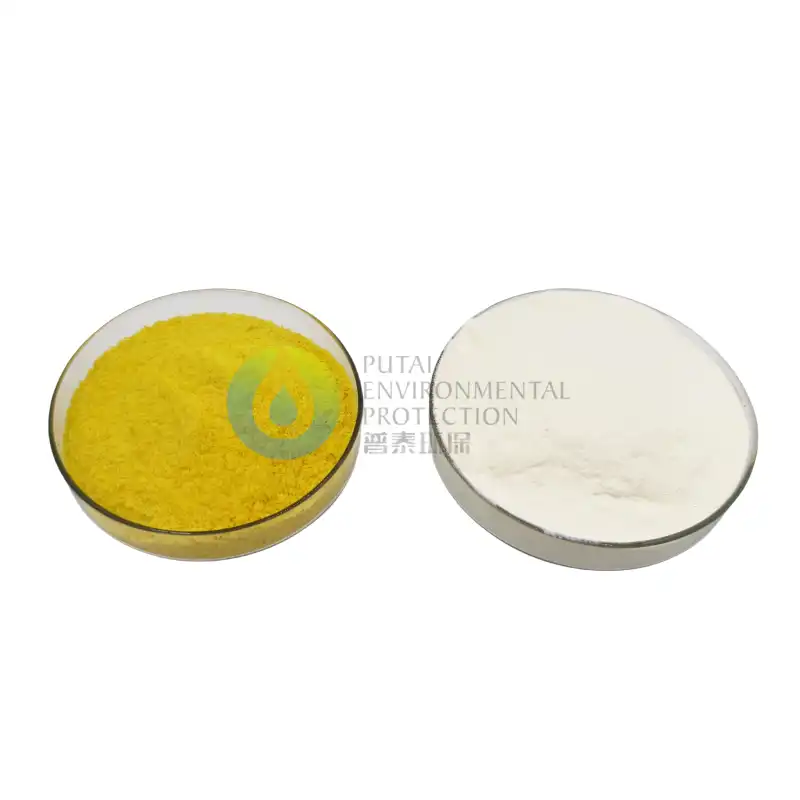 VIEW MORELow Polyaluminum Chloride In Water
VIEW MORELow Polyaluminum Chloride In Water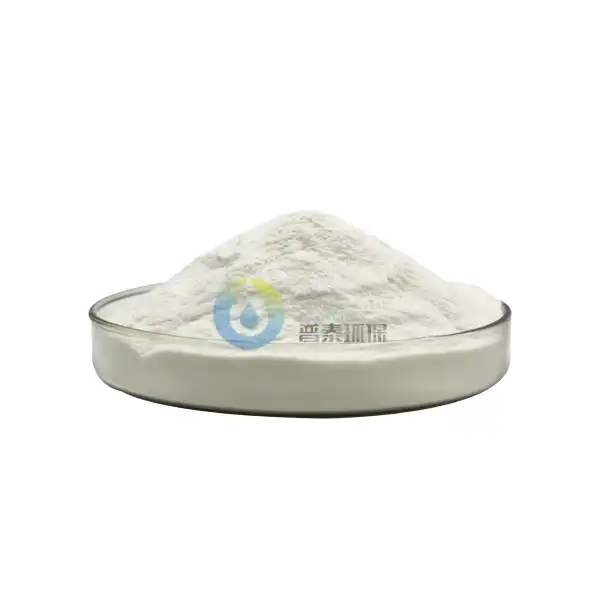 VIEW MOREHigh Purity Polyaluminum Chloride
VIEW MOREHigh Purity Polyaluminum Chloride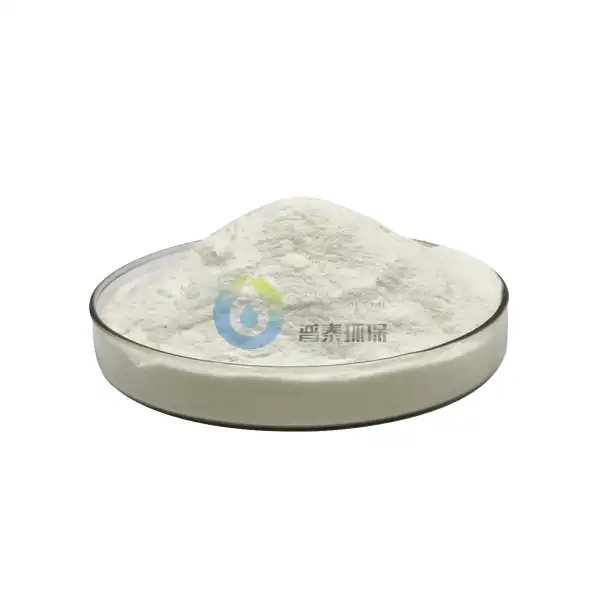 VIEW MOREHigh Basicity Polyaluminum Chloride
VIEW MOREHigh Basicity Polyaluminum Chloride固液_1729153189390.webp_1729498153376.webp) VIEW MOREHigh Purity Polyaluminum Chloride Pac
VIEW MOREHigh Purity Polyaluminum Chloride Pac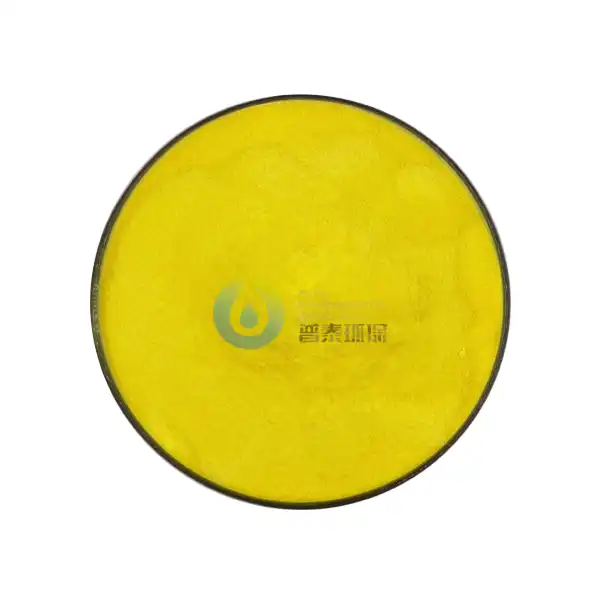 VIEW MOREPac Polyaluminum Chloride
VIEW MOREPac Polyaluminum Chloride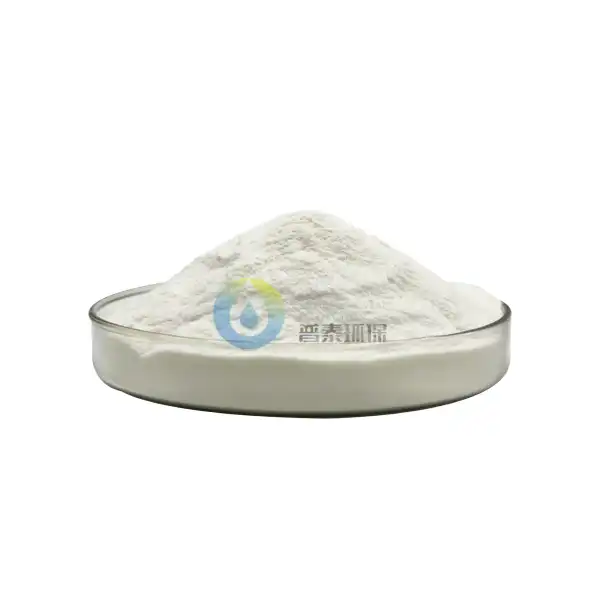 VIEW MOREPolyaluminum Chloride Pac
VIEW MOREPolyaluminum Chloride Pac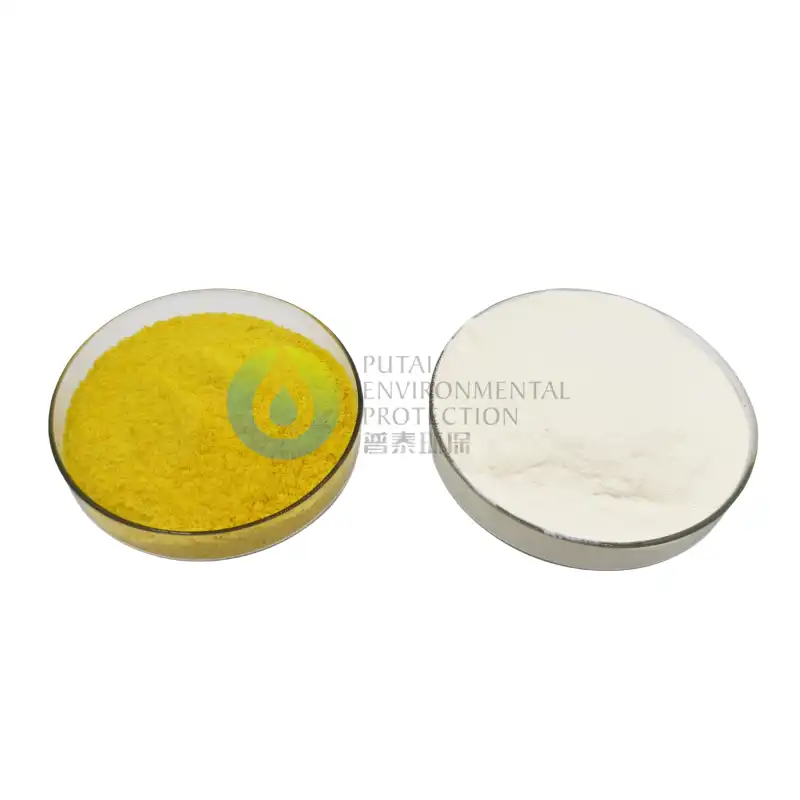 VIEW MOREPolyaluminum Chloride Water Treatment
VIEW MOREPolyaluminum Chloride Water Treatment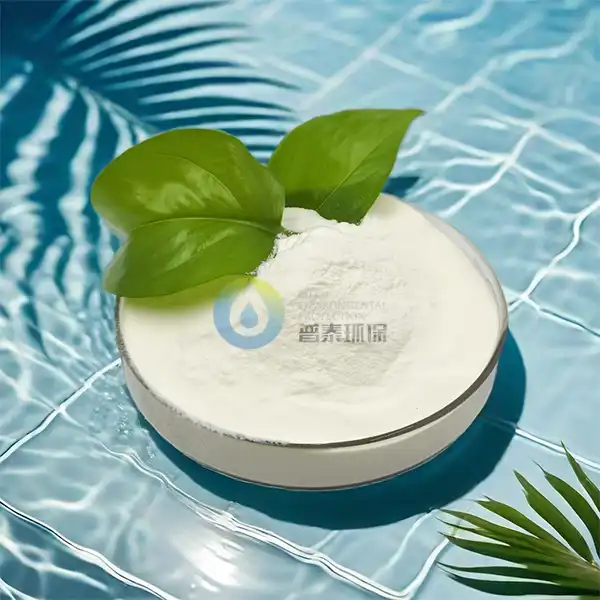 VIEW MOREOem Polyaluminum Chloride
VIEW MOREOem Polyaluminum Chloride

